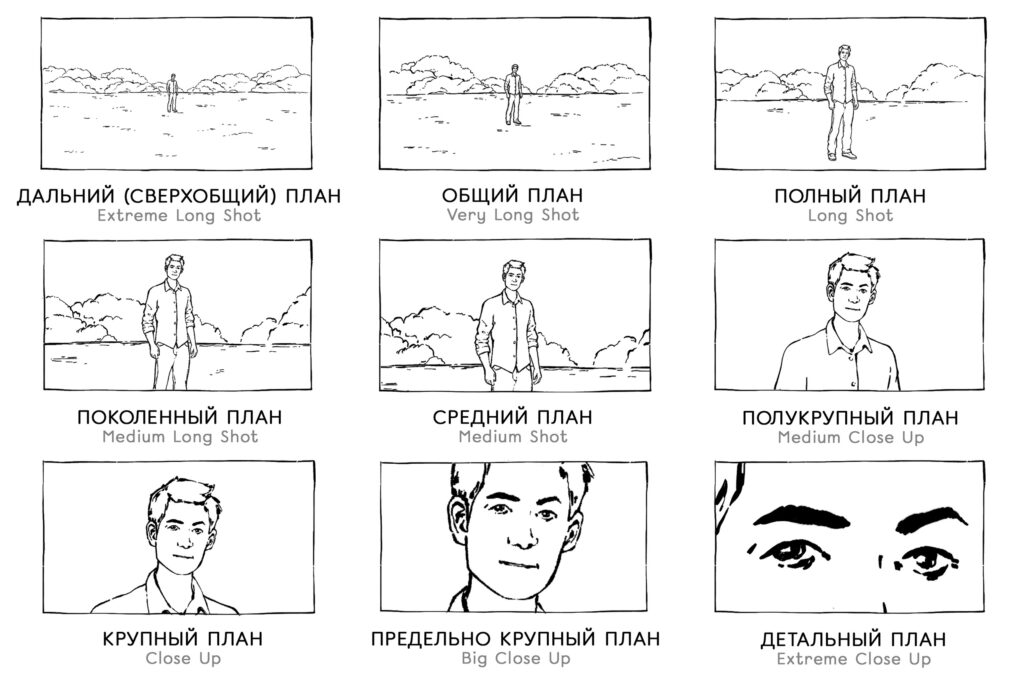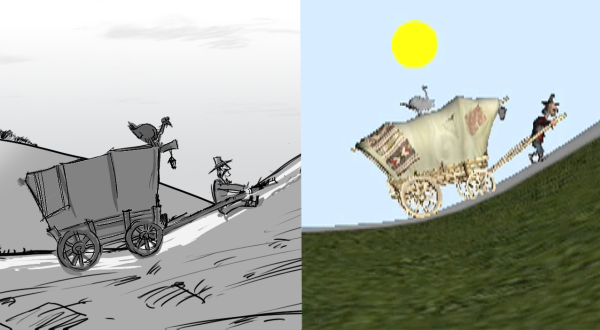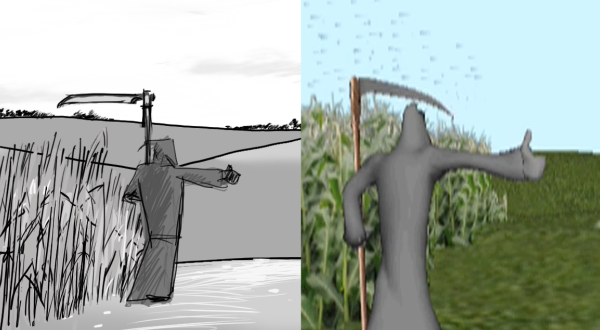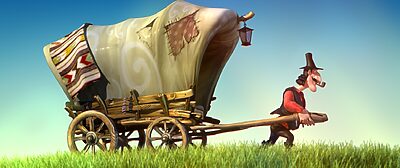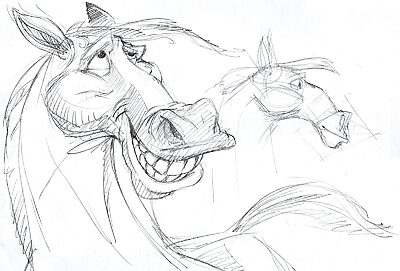Conversations in our studio are getting more and more out of line with human language. There are more such words like: “animatic”, “shot”, “close-up”, “long shot”, and so on. At some point we decided to clarify the concepts and, judging by the responses we received, it turned out that:
An animatic is an animator’s son
A plan is an easily obtainable drug
A shot is theater play
A frame is a Simpals employee. They solve everything and there is always a deficit of them.
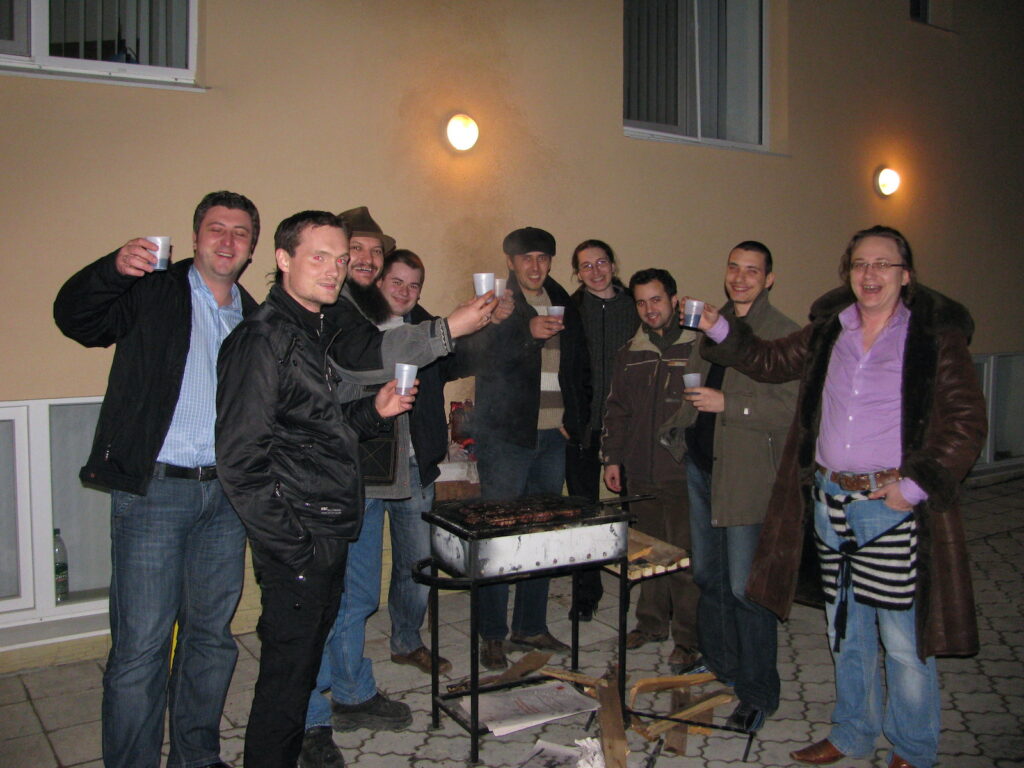
According to polls, the situation was found to be acute, critical, and unsatisfactory. That’s why we decided to put everyone on notice and to educate them. So:
An animatic is a preliminary version of a film. At the stage of the animatic production, the composition, frame length, and other are approved. Basically, the animatic is the final stage of the most creative part of working on a cartoon. An animatic is divided into scenes.
A scene is a set of frames connected by the unity of place and time. Each scene has its own place of action. For example, the Gypsy in the field dragging the cart is one scene, the Gypsy in the woods is another.
Scenes, in turn, are divided into plans.
A plan or a shot is a piece of video (or film) from cut to cut, as well as from “action” to “cut-off”.
For example, the Gypsy turns his head, or the turkey jumps off the cart. Plans come in different sizes. A human is taken as a measure of the plan’s size or closeness. The plan consists of frames.
Frame. There is some simple action going on inside the plan. It consists of frames. Roughly speaking, a frame is one still image. There are 24 frames per second in a cartoon.
So, we’re done with terminology. Now we get the storyboard and start animating it, in order to make the first version of the cartoon:
When working on the animatic, the final frame composition and in-plane editing are approved and can’t be changed later.
In fact, at this point the director’s main job is done and there is only to turn the rough sketchy pictures into cool 3D. But the mood, drama and humor can be seen already.
Next step is creating 3D animation – when the pictures are changed to primitive 3D animation, to improve the understanding of the frame, the characters and frame layout. Also, the soundtrack is added.
Basically, the animated film is ready to be put on screen. But it has to be “slightly” improved:)

